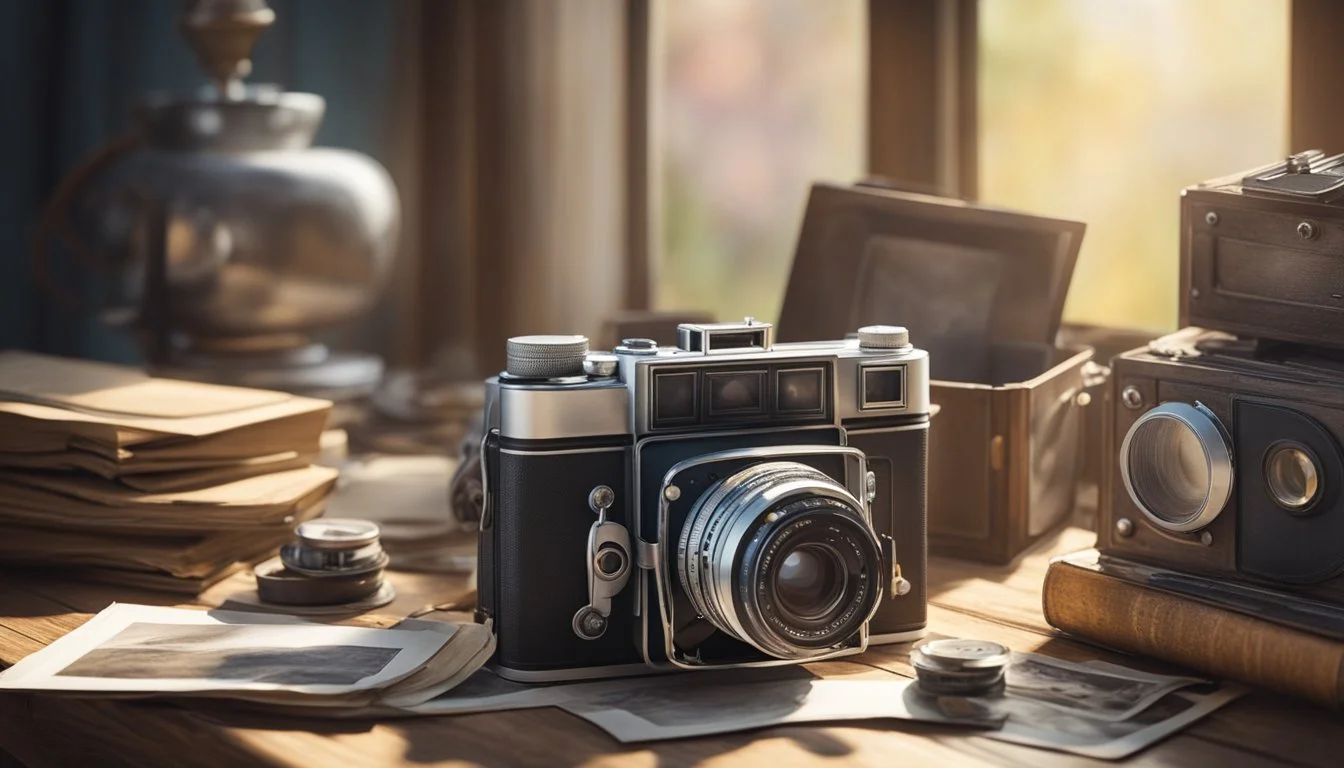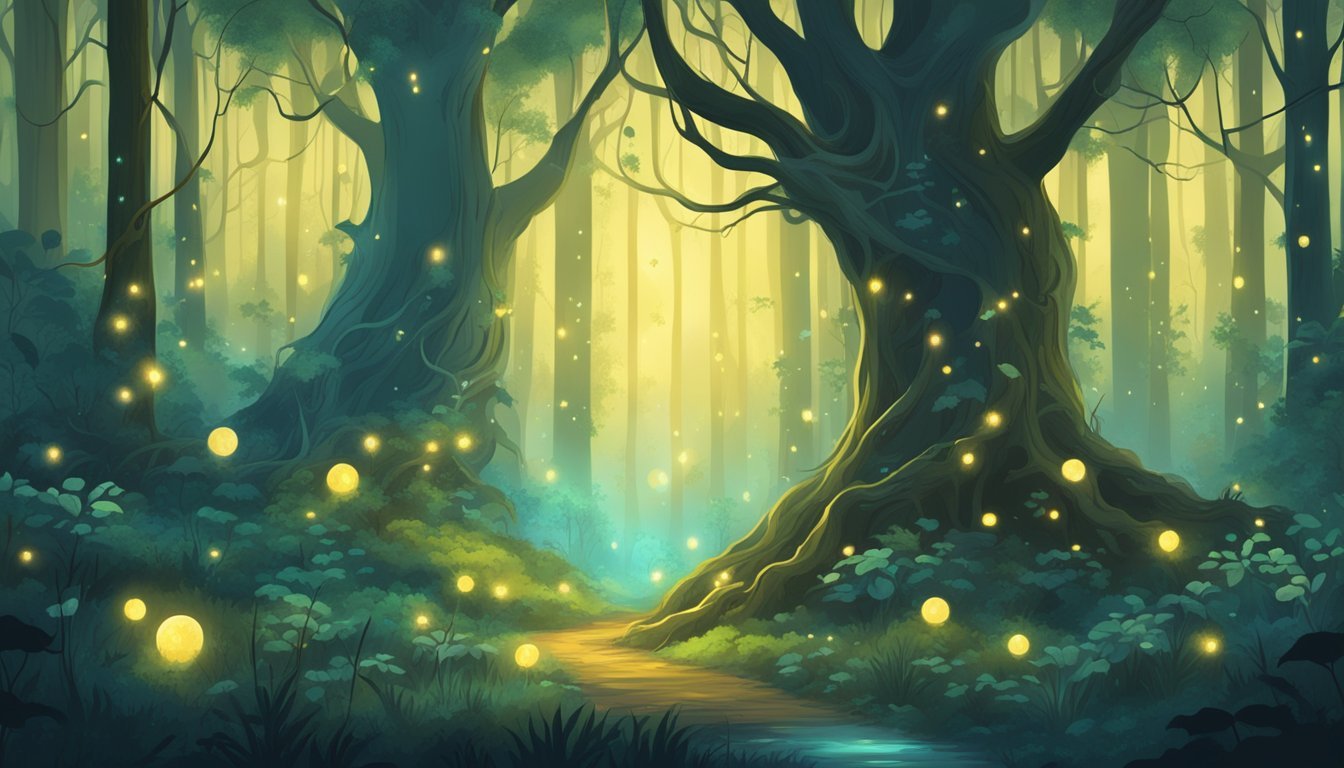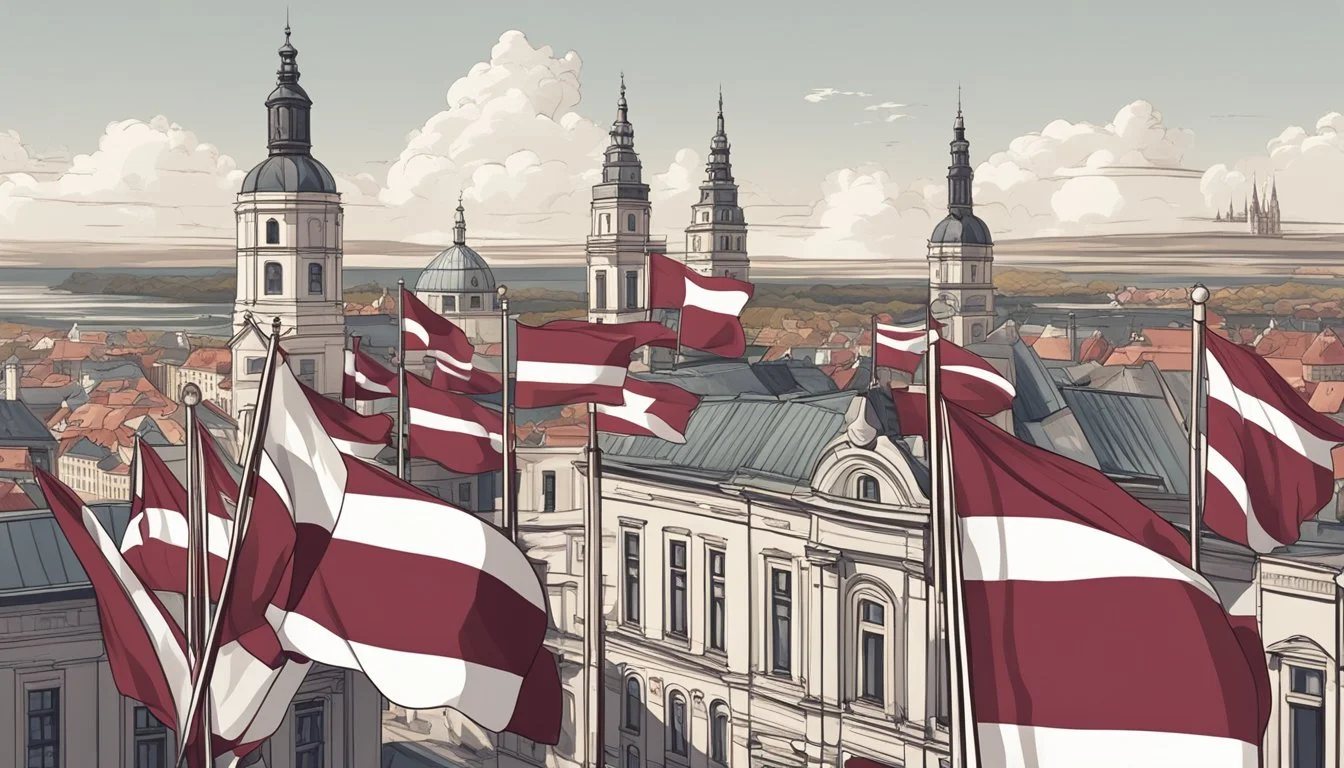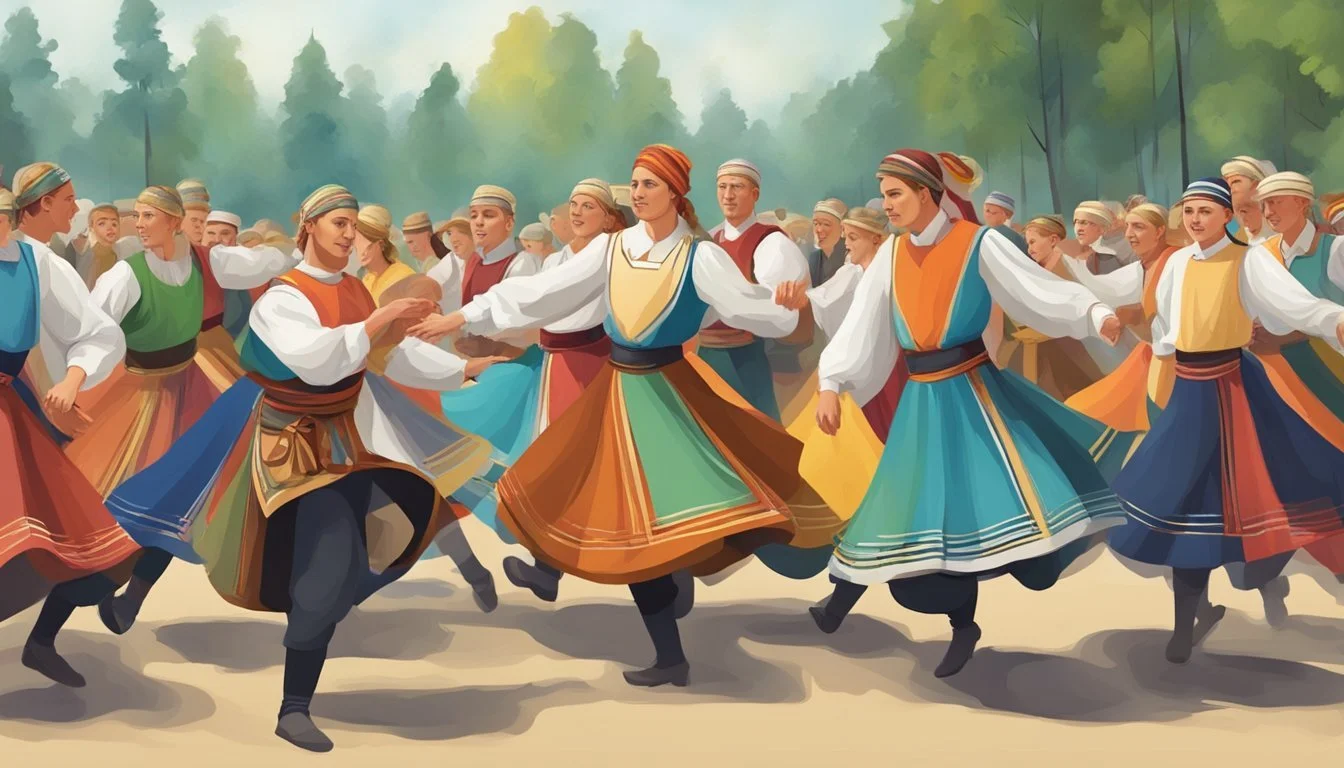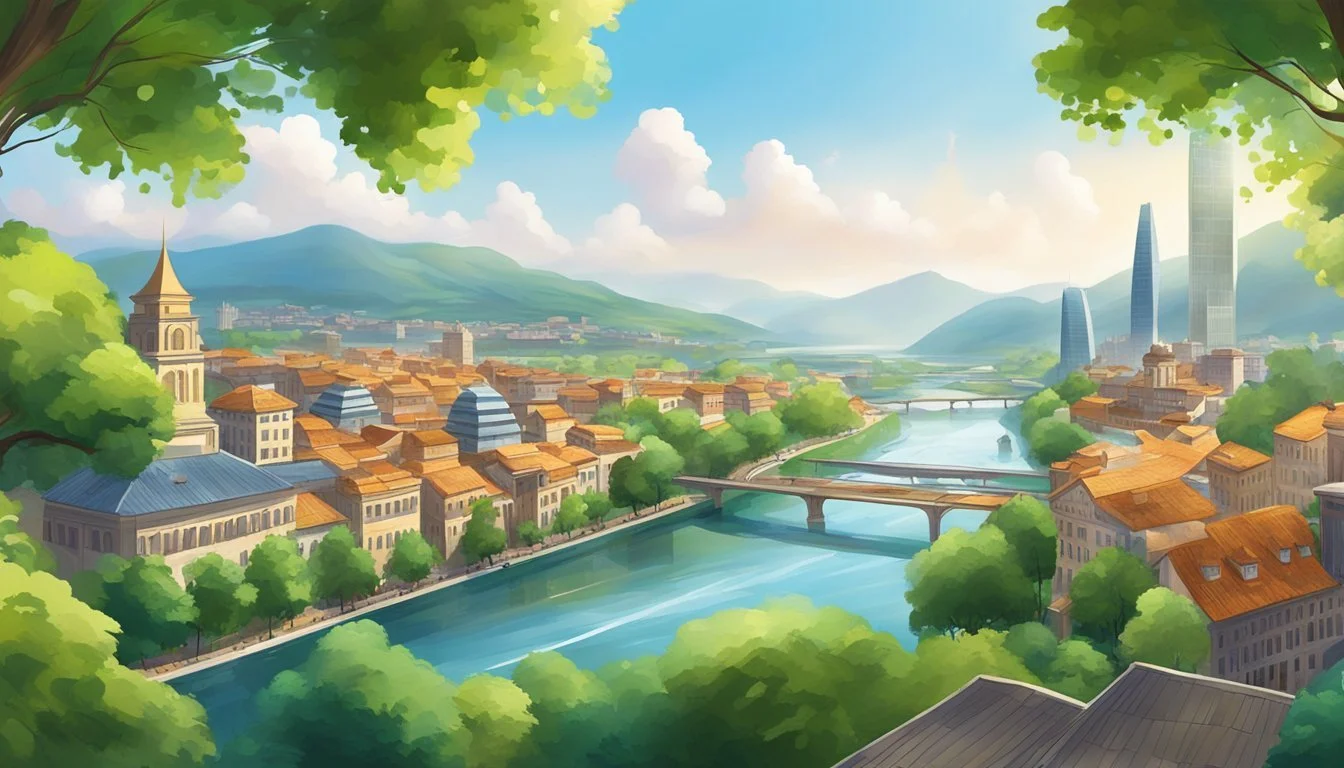7 Eye-Opening Documentaries on Latvia
Unveiling Baltic History and Culture
Latvia, a country with a rich and complex history, has been the subject of numerous thought-provoking documentaries. These films offer viewers a unique window into the nation's past, culture, and ongoing societal developments. From Soviet occupation to the struggle for independence, Latvian documentaries cover a wide range of topics that have shaped the country's identity.
Documentaries about Latvia provide valuable insights into the Baltic nation's journey, challenges, and triumphs. They showcase the resilience of the Latvian people and highlight key moments that have influenced the country's trajectory. Through powerful storytelling and compelling visuals, these films bring Latvia's history and contemporary issues to life for audiences around the world.
1) Soviet Vintage Photography in Latvia
Soviet-era photography in Latvia offers a fascinating glimpse into the country's past. The Riga Photo Club, founded in the early 1960s, quickly became the most prestigious photography society in Latvia.
During this period, numerous photography clubs emerged across Riga and other Latvian cities. These groups played a crucial role in developing and preserving Latvia's photographic heritage.
Soviet-era photographers in Latvia captured everyday life, urban landscapes, and cultural events. Their work provides valuable documentation of the social and political climate during that time.
Many Latvian photographers used their craft to subtly express dissent against the Soviet regime. They often employed metaphorical imagery and symbolic representations in their work.
The 1985 book "Photo Art in Latvia" remains a significant resource for understanding the development of photography in the country during the Soviet period. It offers insights into the artistic trends and technical innovations of the time.
Today, Soviet vintage photography from Latvia is highly valued by collectors and historians. These images serve as important visual records of a complex era in Latvian history.
2) Latvian Songs and Their Histories
Latvian songs hold a crucial place in the country's cultural identity. These musical traditions have played a significant role in preserving Latvian heritage, especially during the Soviet era.
Every five years, Latvia hosts a grand choir festival that showcases the nation's love for singing. This event brings together thousands of voices in harmony, creating a powerful and moving experience for participants and audiences alike.
The Latvian Song and Dance Festival is a cultural masterpiece that captivates the entire country. At the closing concert, 16,000 voices unite in perfect harmony, with 60,000 audience members joining in response.
One notable example of Latvian musical heritage is "Cik bēdīgi tie vecāki" (How Sad the Parents Who), a song from the legendary 1901 play "Skroderdienas Silmačos" by Rūdolfs Blaumanis. This piece continues to resonate with Latvians today.
Latvian songs have also served as a form of resistance and cultural preservation. During times of oppression, these musical traditions helped maintain the Latvian language and national spirit.
3) The Hidden Gems of Riga's Architecture
Riga's architectural landscape is a testament to its rich history and cultural influences. The city's UNESCO World Heritage Old Town showcases a diverse array of architectural styles, from medieval to Art Nouveau.
One of the hidden gems is the abundance of Art Nouveau buildings scattered throughout the city. These structures, adorned with intricate details and flamboyant designs, date back to the early 20th century.
The Latvian National Museum of Art stands as another architectural marvel. Its neoclassical facade, originating from 1905, has been beautifully restored, housing an impressive collection of national art.
Exploring Riga's streets reveals unexpected treasures. Tucked away in quiet corners are examples of wooden architecture, a unique feature of the city's built heritage.
The city's architecture also reflects its Hanseatic League past, with merchant houses and guildhalls still standing as reminders of this prosperous era. These structures offer insights into Riga's medieval trading history.
Riga's skyline is punctuated by church spires, each with its own architectural significance. From Gothic to Baroque, these religious buildings contribute to the city's diverse architectural tapestry.
4) Soviet Ghosts: Forgotten Latvian Sites
Latvia's landscape is dotted with remnants of its Soviet past, offering a glimpse into a bygone era. These abandoned sites have become fascinating subjects for documentary filmmakers.
Skrunda-1, a former Soviet radar station, stands as a ghostly reminder of Cold War tensions. This deserted town, once home to 5,000 people, now lies empty and frozen in time.
The Līgatne Bunker, buried 9 meters underground, was designed to shelter Communist elites in case of nuclear war. Its well-preserved interiors provide a chilling look at Soviet-era preparedness.
Latvia's coastline harbors numerous abandoned military installations, testament to the country's strategic importance during Soviet rule. These crumbling fortifications now attract urban explorers and history enthusiasts.
The transition from Soviet rule left many industrial complexes and collective farms abandoned. These decaying structures offer a stark contrast to modern Latvia, highlighting the country's rapid changes since independence.
Documentaries exploring these sites often delve into the human stories behind them, interviewing former residents and workers. They provide valuable insights into life under Soviet control and the challenges of post-Soviet transition.
5) Forests and Fairytales: Latvia's Myths
Latvia's lush forests have long been the backdrop for a rich tapestry of myths and legends. These wooded landscapes play a crucial role in the country's folklore, serving as the dwelling place for various mythical beings.
Latvian mythology stems from ancient Baltic tribes and has evolved over centuries. It encompasses a diverse pantheon of gods, spirits, and supernatural creatures that are deeply intertwined with nature.
The forests of Latvia are believed to be home to forest spirits and mythical creatures. These include the meža māte (forest mother), a protective goddess of the woods, and the velns, mischievous forest demons.
Latvian folktales often feature magical trees, enchanted groves, and hidden forest realms. These stories reflect the deep connection between the Latvian people and their natural surroundings.
Many Latvian myths emphasize the importance of respecting nature and living in harmony with the forest. These tales continue to shape the country's cultural identity and environmental consciousness.
The preservation of Latvia's forests is not just an ecological concern but also a cultural imperative. These wooded areas serve as living repositories of the nation's mythological heritage.
6) Latvia's Struggles for Independence
Latvia's path to independence was marked by significant challenges and resistance against foreign rule. The country faced occupation by both Nazi Germany and the Soviet Union during World War II.
After the war, Latvia was forcibly incorporated into the Soviet Union. This period saw widespread deportations, cultural suppression, and economic hardship for many Latvians.
The late 1980s brought a surge of national awakening. The Singing Revolution, a series of peaceful protests, played a crucial role in mobilizing public support for independence.
On May 4, 1990, Latvia declared the restoration of its independence. However, full sovereignty was not achieved until August 21, 1991, following the failed Soviet coup attempt.
The transition to independence was not without conflict. Soviet forces attempted to maintain control, leading to violent confrontations in January 1991.
Documentaries like "The Soviet Story" (2008) provide insight into Latvia's struggles under Soviet occupation. These films help viewers understand the complex historical events that shaped modern Latvia.
7) Latvian Traditional Crafts Revival
Latvia boasts a rich heritage of traditional crafts, with pottery and woodworking among the most renowned. The Latgalian region is particularly famous for its pottery, an art form dating back to the Neolithic Age.
In recent years, there has been a resurgence of interest in these traditional crafts. Artisans are blending ancient techniques with modern designs to create unique, handcrafted items that appeal to contemporary tastes.
The Latvian Ethnographic Open-Air Museum plays a crucial role in preserving and showcasing these traditional skills. Visitors can observe craftspeople at work and purchase authentic handmade goods.
Birch bark crafting is another traditional skill experiencing a revival. Some families, like the Zvirbulis clan near Līgatne, have mastered the art of transforming birch bark into valuable items.
Modern craft festivals, such as the one held at the Latvian Ethnographic Open-Air Museum, provide platforms for artisans to display their work. These events offer opportunities for the public to appreciate and purchase a wide range of handcrafted products made from natural materials.
Cultural Highlights of Latvia
Latvia's culture is deeply rooted in its rich folklore and traditions, while also shaped by historical events. The country's cultural identity is expressed through unique customs, music, and arts that have endured for centuries.
Latvia's Rich Folklore and Traditions
Latvian folklore plays a central role in the nation's cultural heritage. The Dainas, traditional Latvian folk songs, form an integral part of Latvian identity. These short, four-line poems cover various aspects of life and have been passed down through generations.
Latvia's traditional celebrations are closely tied to nature and the changing seasons. The summer solstice festival of Jāņi is particularly significant, featuring bonfires, flower wreaths, and special foods.
Traditional Latvian crafts include intricate woodcarving, pottery, and textile arts. The distinctive Lielvārde belt, with its complex geometric patterns, is a symbol of Latvian culture and craftsmanship.
Impact of Historical Events on Latvian Culture
Latvia's tumultuous history has significantly influenced its cultural landscape. The Soviet occupation left a lasting impact on Latvian art and literature. Many artists and writers used their work as a form of resistance, often employing subtle symbolism to convey messages of national identity and independence.
The restoration of independence in 1991 led to a cultural renaissance. Latvia has seen a resurgence of interest in traditional arts and customs, blended with contemporary expressions.
Latvian cinema has emerged as a powerful medium for exploring the country's past and present. Films like "The Soviet Story" (2008) examine Latvia's difficult history, while others celebrate national heroes and explore modern Latvian identity.
The Latvian Economy in Focus
Latvia's economy has undergone significant changes in recent years, with a growing emphasis on technology and innovation. The country has also worked to expand its role in global trade, seeking new markets and partnerships.
Growth of Technology and Innovation Sectors
Latvia has made strides in developing its technology and innovation sectors. The capital city Riga has emerged as a regional startup hub, attracting entrepreneurs and investors. The government has implemented policies to support digital innovation and entrepreneurship.
Latvia's IT industry has seen particularly strong growth. Software development, cybersecurity, and fintech have become key areas of focus. Companies like Printful and Mintos have gained international recognition.
Education initiatives have been launched to build a skilled tech workforce. Universities have expanded their computer science and engineering programs. Coding bootcamps and tech incubators have also proliferated.
Latvia's Role in Global Trade
Latvia has worked to diversify its trade relationships and expand exports. The country's strategic location on the Baltic Sea has made it an important transit hub for goods moving between Europe and Asia.
Key exports include wood products, electrical equipment, and food products. Latvia has sought to move up the value chain by increasing exports of higher-value manufactured goods and services.
The country has faced challenges from recent global economic headwinds. Exports declined in early 2023 due to weaker external demand. However, Latvia has maintained stable trade with Russia while reducing imports from Russia and Belarus.
Latvia continues to pursue new trade agreements and partnerships. It has focused on strengthening economic ties with Nordic and other EU countries. The government has also worked to attract foreign investment in key sectors.


